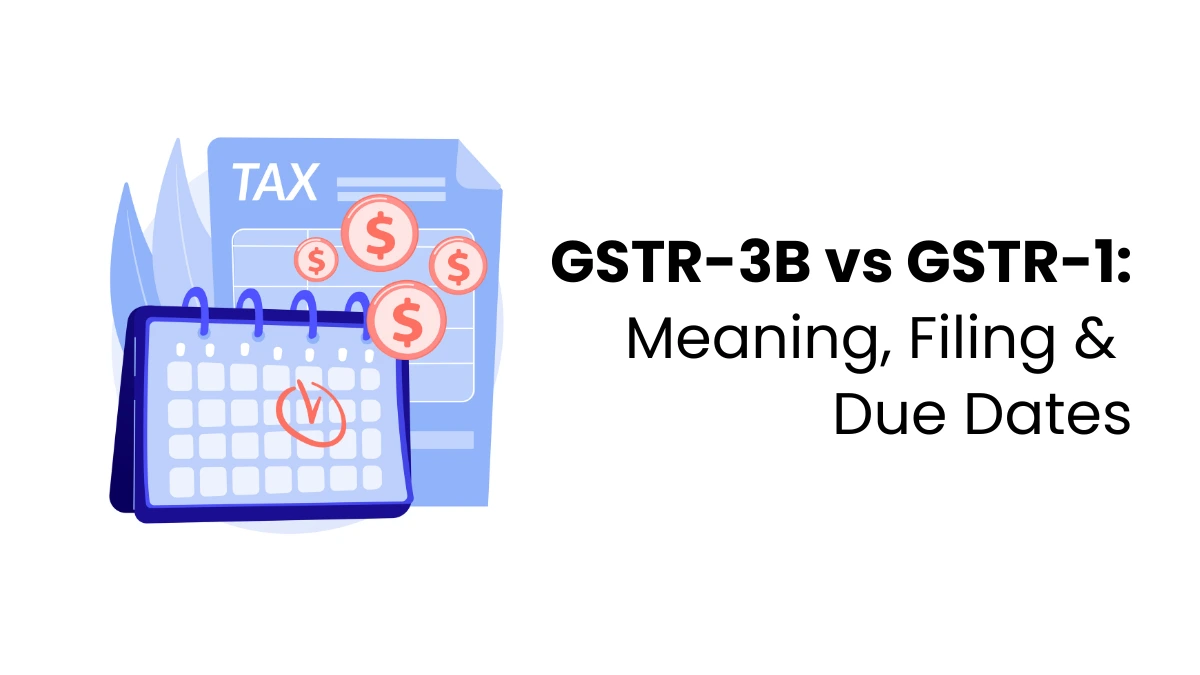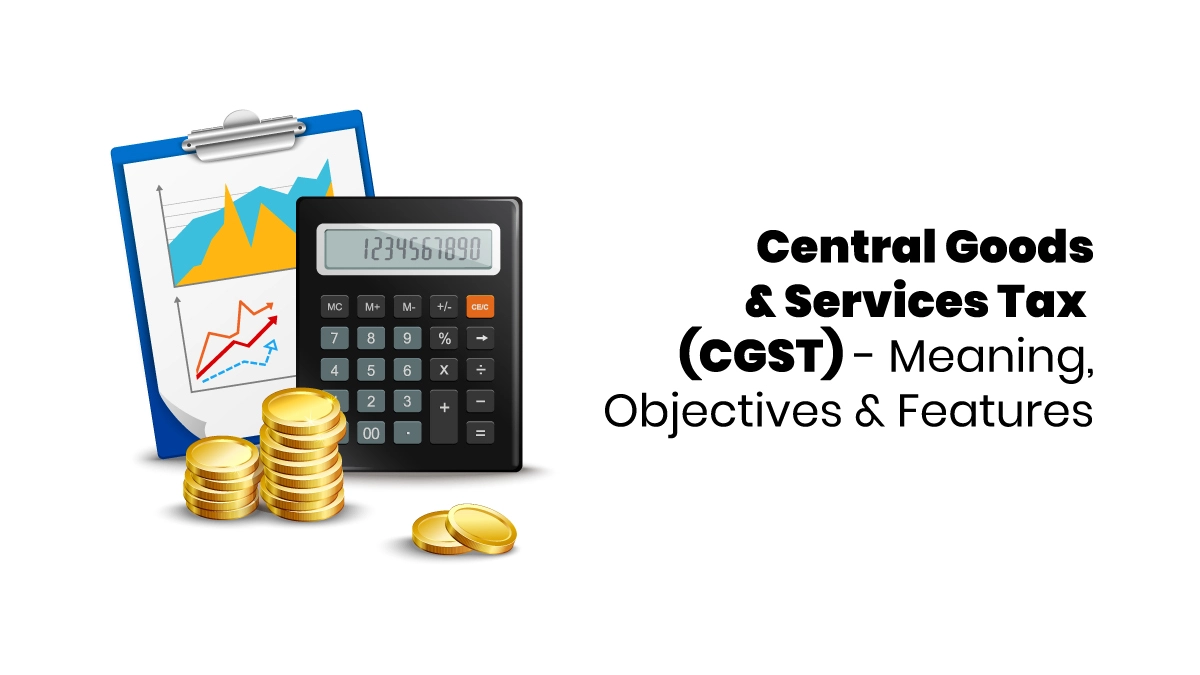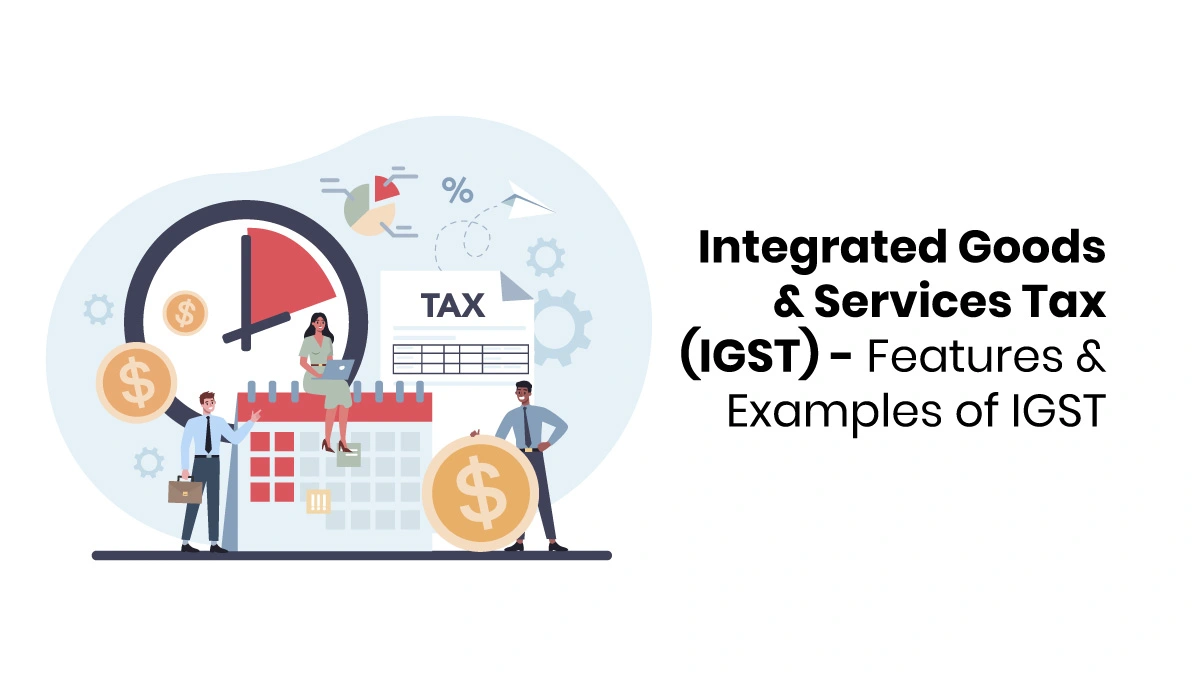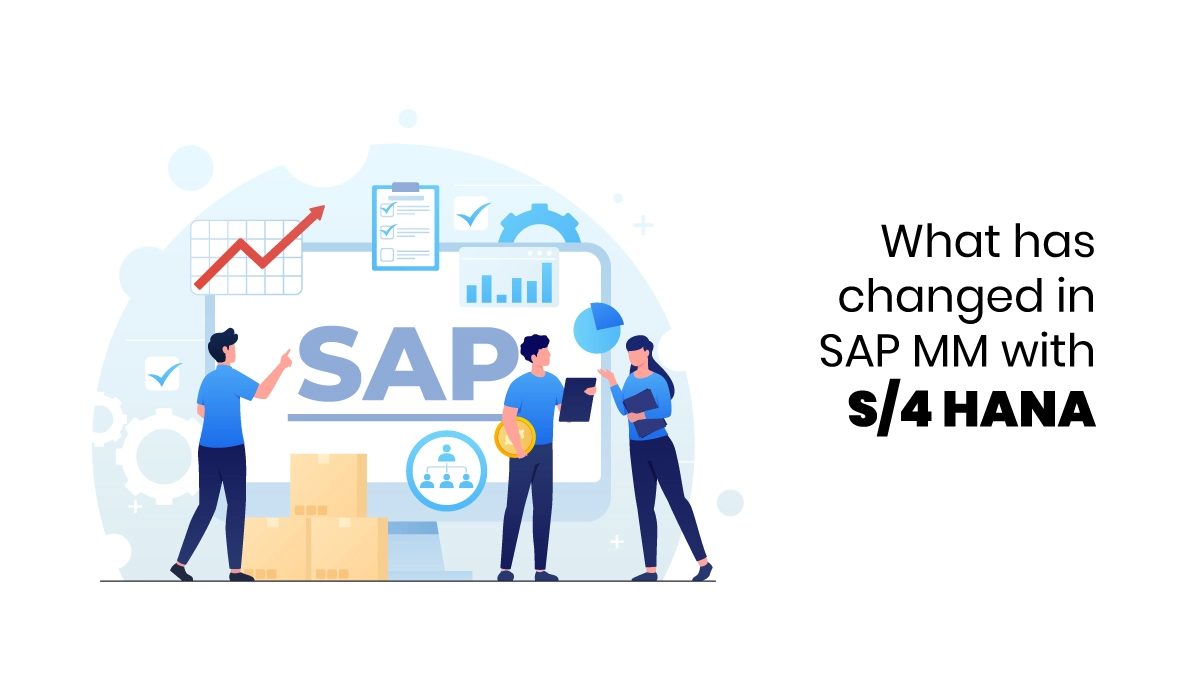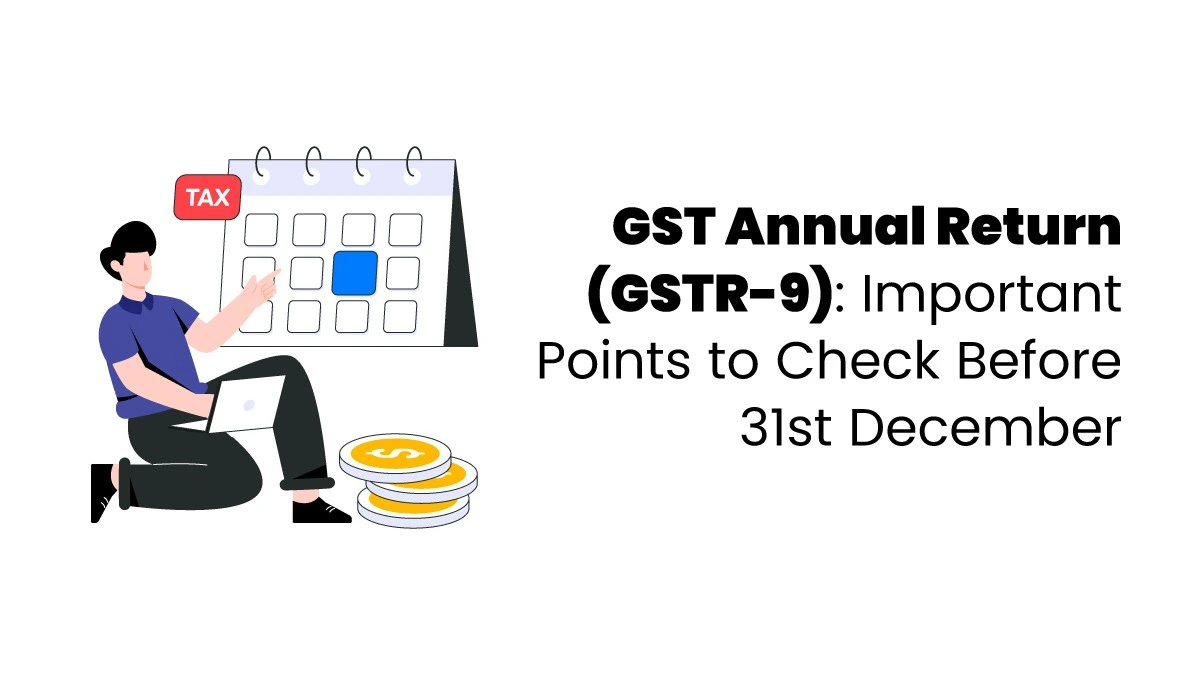In the current competitive job market, an excellent grasp of GST is crucial for professionals in finance, accounting and taxation. If you’re a beginner or a professional aiming to land a position in indirect taxation, having a solid foundation will give you a huge advantage. This blog explores a comprehensive collection of frequently asked GST interview questions and answers, enabling you to approach interviews with confidence and clarity.
1. Explain the term “taxable person” under the CGST Act?
A tax-paying person is someone who is a registered person or has the potential to register pursuant to section 22 and section 24. (Section 22 deals with people who are liable to registration, and Section 24 addresses mandatory registration)
2. Define the concept “taxable supply” under the CGST Act, 2017?
Taxable supply is an offer of goods or services, or both, which can be subject to tax under the Act.
3. Define the concept “non-taxable supply”?
Non-taxable supply is a purchase of services or goods, or both, that are not taxable pursuant to the CGST Act or under the IGST Act.
4. What is an exempted supply?
Exempt supply is the provision of any service or product or both, which are subject to the tax rate of zero or are exempt from tax, and that includes the supply that is not tax-deductible.
5. How do you calculate aggregate turnover? (Whether the state is a factor or on the basis of India)
All India-based. (Aggregate turnover is the total value of all tax-deductible supplies, including exempt supplies, exports of services or goods or both, and supplies between states of people who have an identical Permanent Account number, to be calculated according to the basis of an Indian base.)
6. What exactly does the term “aggregate turnover” exclude?
The definition of total turnover does not include (i) Central Tax, State Tax, Union Territory Tax, Integrated Tax, and Cess. (ii) Inward supplies that are tax-exempt by the person who is using a reverse-charge basis.
7. Y Ltd. is a registered business with GST registrations in Karnataka, Kerala, and Maharashtra. Calculate the total revenue?
The total revenue of a Ltd. will be the sum of the revenue of the three states. That is, Kerala, Maharashtra and Karnataka. (Aggregate turnover of those with the identical PAN will be calculated using the Indian scale.)
8. Explain about deemed exports?
Deemed exports refer to the supply of goods that are notifiable in accordance with Section 147 of the CGST Act 2017. (Section 47 of the CGST Act states that the Government could, upon the advice of the Council and the Council, notify certain supplies of goods as exports, provided that the goods are not exported from India and the payments for these supplies are made either by Indian rupees or converted foreign exchange in the event that the items are produced by a company in India.)
9. What is the definition of the term “supply” that is defined by the CGST Act, 2017?
Supply includes:
(a) any form of delivery of goods or services or both, such as barter, transfer, or sale exchange, licence, rental, lease, or disposals that are agreed or made to be provided for price by an individual who is in the course of or for the advancement of business.
(b) The importation of services in exchange for a payment, regardless of whether it is in the course of or for the advancement of business.
(c) The activities listed within Schedule I, made or accepted to be made, without consideration.
10. Is the sale of goods or services with no consideration tax liable?
The activities mentioned on Schedule I will qualify as an offer even if they are not considered.
11. What are the types of activities or transactions that are listed within Schedule I of the CGST Act 2017?
a) Transactions between related persons.
b) The supply of goods via the agent.
c) A tax-paying person importing services from a Related Party in the course of or for the advancement of business.
d) Continuous transfers of Assets in Business if ITC is available for the Assets.
12. Is any transfer of goods from one branch outside of the State tax-deductible?
As per the CGST Act, 2017, anyone who has to register separately for each branch in another State or Union territory is considered a separate person.
13. If employees provide gifts to their employers, will they be regarded as an item of supply?
The amount of gifts that exceed the amount of Rs. 50,000 given by an employer to employees is considered to be a supply provided they are made within the course of or for the benefit of the business. They will be tax-exempt.
14. Which schedule specifies non-GST supplies?
The Schedule III and operations or transactions that are notified to government officials pursuant to section 7(2)(b) in the CGST Act define the transactions which are not regarded as either supply of goods or providing of services.
15. What is a composite supply?
Composite supply is a type of supply that consists of two or more tax-deductible supplies of services or goods, as well as a combination of them, that are bundled naturally and offered in combination in the normal routine of business, the first of which is called a primary supply. (Principal supply refers to the provision of services or goods that make up the majority of a composite supply.)
16. What is the method by which tax liabilities can be determined in the instance of an aggregate supply?
Tax liability in the case of composite supplies should be determined by examining the primary supply that is part of the composite supply. (i.e. the tax rate that applies to the primary source will correspond to the rate for the entire supply)
17. How do you define mixed supply?
Mixed supply is two or more products or services or any combination thereof that are made in conjunction with one another by a taxable individual for a single cost, if this supply is not an aggregate supply.
18. What will the tax obligation be determined in the event of mixed supply?
The tax obligation in the case of a mixed offer must be determined by reference to the particular supply that is subject to the tax rate with the highest amount.
19. What is the definition of whether the equipment supply and its installation could be considered an “in-composition” supply?
The purchaser actually purchases the equipment, which makes the equipment the primary item; the installation allows the equipment to be used for the receiver. The service is normally packaged and is provided within the normal routine of business. The supply will be an overall supply, even if there is an additional cost to install the machine.
20. How can I determine the tax-deductible value of the GST?
In Section 15, the CGST Act, 2017 specifies that the price of supply of either goods or services, or both, shall be the value of transaction, which is the amount actually due or payable for the supply of either services or goods when the provider and recipient of the supply aren’t connected, and the price is the sole reason for the sale. In other situations, the procedures and provisions for determining the value of the supply that is tax deductible, as set out by the CGST Rules (Rules 27 – 35), will apply.
21. What are the items that fall outside the reach of GST in India?
a. A. Alcohol for consumption by humans
b. Petroleum Products, such as crude oil and petrol, high-speed natural gas, diesel, and air turbine fuel.
22. What does the term “payment of tax reverse charge” refer to?
The term reverse charge means the obligation to pay tax from the buyer of services or goods in lieu of the seller of these items or services, or both.
23. What’s the impact of reverse charge on the input tax credit?
For the recipient who is a taxpayer in a reverse charge manner, the amount paid would be creditable and as per Section 17 of the CGST Act 2017. For the supplier who pays tax by the recipient, the value of the supply will be considered to be an exempt supply.
24. What will happen if the provider charges GST on the bill even though a reverse charge is in place?
The recipients are free to cut the GST added to the amount of the invoice and only pay their net cost; however, they are responsible for paying their reverse charge obligations on their own.
25. If the supplier paid GST that was due by the recipient under reverse charge. Is the receiver free of the obligation of paying tax for the reverse charge?
Even if the supplier has paid tax, the reverse charge liability must be paid by the receiver. The supplier may claim the refund of tax not properly paid.
26. What is the threshold limit for opting composition scheme?
Registered individuals whose total revenue in the previous fiscal year was not more than Rs 1.5 crores could decide to pay tax on an amount of their revenue. The limit is a maximum of rupees seventy-five lakhs for an eligible registered individual who is registered in one of the following States:
(i) Arunachal Pradesh
(ii) Assam
(iii) Manipur
(iv) Meghalaya
(v) Mizoram
(vi) Nagaland
(vii) Sikkim
(viii) Tripura
(ix) Himachal Pradesh
27. What if a taxpayer with the same PAN is able to choose to pay tax in the composition scheme by requesting a separate registration for branches?
A registered person will not be eligible to take advantage of the scheme of composition unless all registered people (branches that have separate registration) choose to pay tax through the structure scheme.
28. What is the estimated time of delivery of goods for forward charges?
The supply date for products shall be the first of the following dates:
a) Date of invoice’s issue or the date on which he is required to pay, or
b) The date on which the supplier is notified of the payment in relation to the purchase.
29. What is the due date for the issuance of an invoice in relation to the Supply that involves the transportation of products?
It is stipulated for tax bills that are issued prior to or at the moment of the removal of the items to be supplied towards the buyer. In this way, it can be implied that the date on which goods are removed is the ‘due date ‘ of the invoice unless the invoice is actually issued prior to this date.
30. What is the date of supply when several invoices have been issued in one consignment that involves the delivery of products?
The date for the supply of goods is the date of the issuance of the invoice or the date of the due date for the issue of the invoice, whichever comes first.
31. What is the time of supply in the event of an increase in value by the use of a late fee, interest or penalty?
According to the provisions of Section 12(6) of the CGST Act, 2017, the date that the seller receives the penalty, interest or late fee that is part of the price will be the date of the supply.
32. What is the “due date of the invoice’s issuance for the provisions that pertain to the date of delivery of services?
In accordance with Rule 47 in the CGST Rules, 2017, the deadline for issuance of tax invoices will be 30 calendar days following the date of delivery of services. For insurers, banking companies, financial institutions, including NBFCs, the time frame extends to 45 days after the provision of the services.
33. What is the amount of GST that will be charged for advances made prior to the change in tax rate if the supply is made after the change in tax rate?
If the invoices were also paid prior to the change in the rate of tax, the previous rate will remain in effect even if the supply is completed following the change in the amount of tax. In other cases, the tax rate that was previously applicable will apply.
34. Does a tax-paying person who isn’t recognised under the GST law be able to claim input tax credit?
Only registered persons are able to claim the tax credits for input. When a taxpayer is obliged to register, but hasn’t registered themselves as per the GST law, then they will not be eligible for input tax credit. Under the GST law, the input tax credit won’t be granted to that person.
35. What is the best way to determine if capital goods can be considered inputs?
Inputs are defined in section 2(59) in the CGST Act to mean any products other than capital items used or intended for use by suppliers in the course or for the advancement of business.
36. Can a tax credit for input be granted within the same month, in the event that the seller has declared that it is an outward purchase, regardless of the fact that the recipient will receive the items in the following month?
All conditions required to qualify for credits for input tax must be met according to section 16(2) of the CGST Act 2017. One of these conditions is that you receive goods or services, or both. In the absence of this receipt, the tax credit is not available. Therefore, the tax credit for input is only available during the month in which the items are actually received.
37. If certain products or services are utilised for a portion of business, and also for non-business use, can the credit be permitted in total or in a proportionate manner?
Credit for goods or services that are used primarily to serve business purposes and also for non-business reasons will be granted in proportion to the extent that it is attributed to business-related purposes.
38. What tax credits for inputs will be offered on tax-exempt items that are offered as gifts or samples for free under a sale promotion?
No section 17(5) (h) is a limitation on explicitly tax credits for inputs for goods that are disposed of through gifts or samples that are free.
39. Do inputs count as a result of the destruction or pilfering of inputs and being in short supply?
Taxes on inputs for goods that have been disposed of or destroyed, and where the shortage is present, are not qualified. Section 17(5)(h) specifically limits the input tax credit to goods that are stolen, lost or written off, as well as those that are destroyed, lost, or destroyed via gift or free sample.
40. If you make a modification to the legal structure or constitution of a tax-paying individual who is not covered by any specific provision for the transfer of liability, is it possible to transfer the unutilized tax credit for input?
In accordance with Section 18(3) in the CGST Act, transfer of the tax credit for input taxes that have not been used is permitted only if the business has a modification to the nature of the company that includes the specific requirement of the transfer of liability.
41. Can a person claim the tax credit on inputs even if he hasn’t actually received the services, but they have been provided by a different person under the direction of the person who directed it?
The person who is registered is considered to have received services when these services were supplied by the provider to anyone under the direction and in the name of a registered person.
42. When is a Tax Invoice issued to supply goods when transportation of goods is concerned?
If transportation of goods is the case and tax invoices are required, the tax invoice is required to be issued prior to or at the time of the removal of items to be supplied for delivery to the buyer.
43. How do I get my products that do not require movement?
If the ownership of the property, or the risk or rewards, has been transferred without the movement of goods, then the items would be regarded as if they were supplied, even if there is no movement in establishing the supply.
44. When is a Tax Invoice issued for the supply of goods when movement of the goods is not the issue?
If the movement of products is not the issue in the tax invoice, it must be issued prior to or when the items are delivered to the recipient or when the items are delivered to the receiver.
45. What is the maximum time frame to create an invoice to cover services?
In the case of services, the invoice has to be paid within 30 days of delivery of the service.
46. What is the maximum time frame for the issue of invoices from banking companies?
For banks, banking companies or financial institutions, such as NBFCs, the deadline to issue an invoice has been increased to 45 days (as opposed to 30 days for other service providers) beginning from the date of delivery of the service.
47. Do you need to issue an advance receipt?
Yes. A “receipt voucher” with the required details should be issued upon receipt of any advance payment to purchase products or services.
48. Is the number of invoices required for the supply of goods?
The invoice must be prepared in triplicate. The original invoice is for the person who will receive it, while the duplicate is for the transporter, and it should be a triplicate to the provider. The copies should be labelled with words like “ORIGINAL FOR RECIPIENT “DUPLICATE FOR TRANSPORTER”, and “TRIPLICATE FOR SUPPLIER” according to the circumstances.
49. If an individual is operating in multiple States and has an identical PAN number, can he use the same Registration?
No. Each person must be registered to receive supplies from which they are making the tax-deductible supply if subject to registration under the provisions of section 22(1) in the CGST Act.
50. What is the deadline for registering pursuant to the GST Law?
Anyone who is required to be registered must apply within 30 days of the date when he becomes subject to registration in the same manner and under any conditions that may be specified.
51. Who must obtain GST registration compulsorily?
Anyone who makes interstate taxable products, casual taxable individuals and e-commerce companies, as well as persons that are subject to reverse charge taxpayers who are not residents of the United States and those notifying the government in accordance with Section 24 of the CGST Act, are required to register regardless of their turnover.
52. Does a person have the option of registering as a subject of GST even if the turnover is less than the threshold?
Yes. The option of voluntary registration is available. After registration, the registrant is required to comply with GST requirements, including filing tax returns and keeping proper documents.
53. What are the different kinds of GST tax returns that a regular taxpayer has to submit?
Common returns comprise GSTR-1 (outward supplies), GSTR-3B (summary monthly return), GSTR-9 (annual return), along with GSTR-9C (audit report in the event of an audit).
54. What is the deadline to file GSTR-3B?
Deadline for filing is the 20th day of the month following; however, it could change in accordance with notifications or turnover-based staggered filing, which was implemented in the GST Council.
55. Can credit for input tax be used on a motor vehicle?
The majority of the time, ITC on motor vehicles is prohibited. However, there are exceptions if the vehicle is used to transport products, for the transportation of these vehicles or training purposes, or for the transportation of passengers.
Learning GST is not an option for professionals in finance – it’s mandatory. This checklist of GST interview questions and responses will give a solid foundation for those in the process of preparing for interviews in accounting or taxation. Take note of these frequently and make sure you understand the basic concepts, and be aware of any changes in law or updates to or modifications in or amendments to the GST Act. You might be planning to begin your career, or you are looking to get promoted. These answers and questions can be a valuable resource for your journey to becoming a seasoned GST practitioner.
FAQs
Q1. Why are GST Interview Questions and Answers important for job preparation?
These Interview Questions and Answers help candidates build confidence, revise key concepts, and prepare for real-world scenarios in taxation and accounting roles.
Q2. What types of Questions and Answers for the GST Interview are commonly asked?
Interviewers usually ask about GST definitions, reverse charge mechanism, input tax credit, time of supply, composition scheme, and exempted supplies.
Q3. How can beginners use Interview Questions and Answers for GST effectively?
Beginners can start with basic GST concepts like taxable supply, aggregate turnover, and input tax credit, and then gradually move to advanced case-based questions.
Q4. Are these Interview Questions and answers the same for freshers and experienced professionals?
Not entirely. Freshers are often asked fundamental GST concepts, while experienced professionals face scenario-based Questions and Answers related to compliance, return filing, and audits.
Q5. How often should I revise GST Interview Questions and Answers before an interview?
It is advisable to go through the questions at least twice before the interview. Regular practice ensures you recall provisions, sections, and updates confidently.
Q6. Do Interview Questions and Answers cover recent GST amendments?
Yes, staying up to date with GST amendments is crucial. Interviewers may ask about the latest changes, so revise the Questions and Answers for the GST Interview that include updated provisions.




